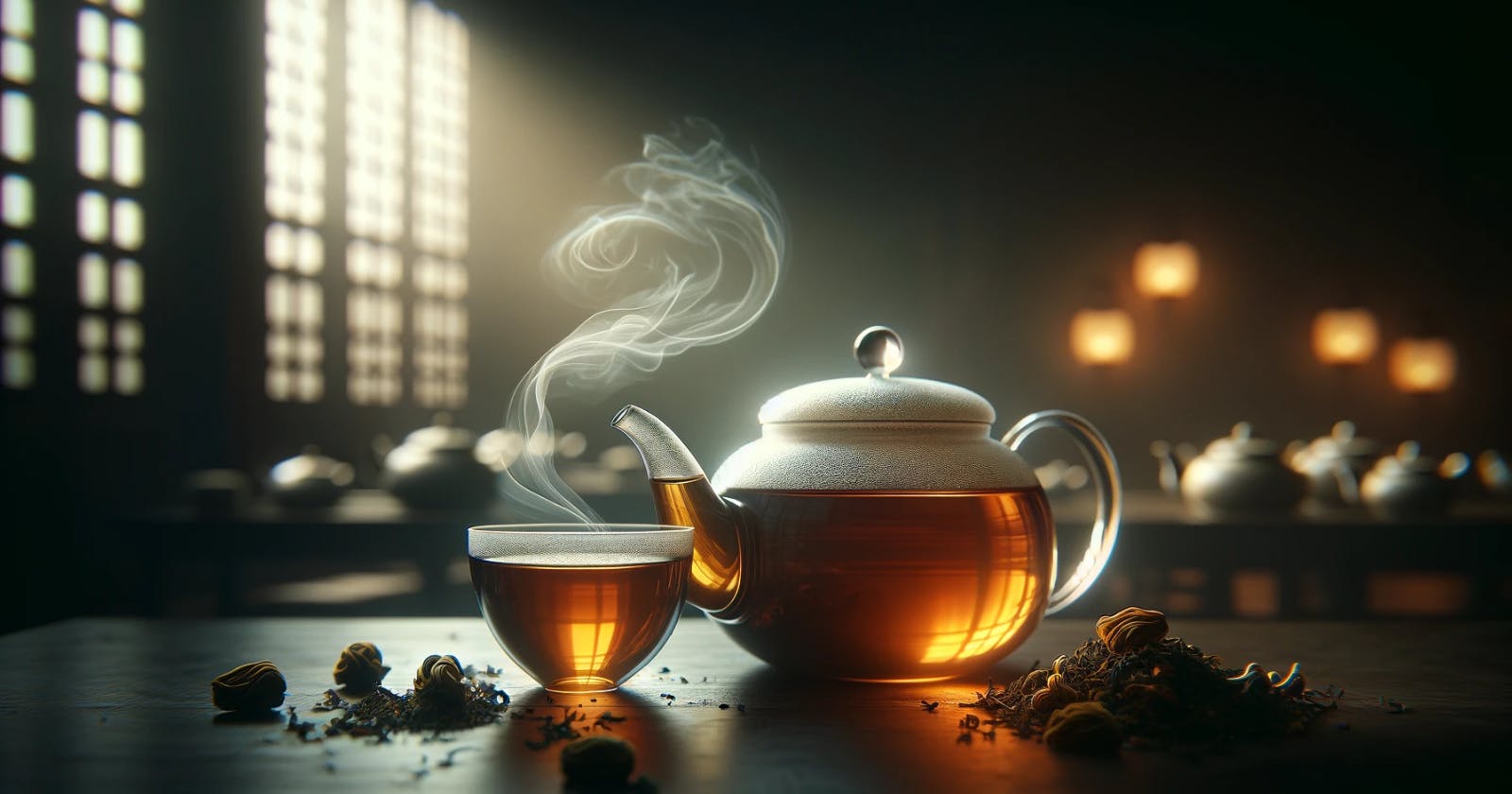Table of contents
Oolong tea is a unique and flavorful tea that has gained popularity worldwide. It is a semi-oxidized tea that falls between green and black tea in terms of processing.
The taste of oolong tea can be described as complex, with a range of flavors and aromas that vary depending on the type and origin of the tea.
In this article, we will explore the distinctive taste of oolong tea and the factors that contribute to its unique flavor profile.
The Oxidation Process
One of the primary factors that influence the taste of oolong tea is the oxidation process. Oolong tea leaves undergo partial oxidation, which means they are allowed to oxidize for a certain period of time before being dried and processed.
This oxidation process results in a tea that has a more intense and complex flavor than green tea, but is less oxidized and bold than black tea.
Flavor Profile
Oolong tea is known for its rich and nuanced flavor profile. The taste can range from floral and fruity to woody and toasty, depending on the specific variety and origin of the tea. Some common flavor notes found in oolong tea include:
Floral: Many oolong teas have a delicate floral aroma and flavor, often reminiscent of orchids or jasmine.
Fruity: Certain oolong teas can have fruity notes, such as peach, apricot, or plum.
Woody: Some varieties of oolong tea have a distinct woody or nutty taste, which can be attributed to the oxidation process.
Toasty: Oolong teas can sometimes have a toasty or roasted flavor, similar to that of a lightly roasted green tea.
Origin and Variety
The taste of oolong tea can also vary greatly depending on its origin and variety. Some of the most well-known oolong teas and their flavors include:
Taiwanese Oolong: These teas are often highly oxidized and can have a rich, toasty, and slightly sweet flavor.
Chinese Oolong (Tie Guan Yin): This variety is known for its floral and fruity notes, with a smooth and delicate taste.
Wuyi Oolong: Grown in the Wuyi Mountains of China, these oolong teas have a unique roasted, woody, and sometimes smoky flavor.
Conclusion
Oolong tea offers a diverse and captivating range of flavors that can appeal to various taste preferences. From floral and fruity notes to woody and toasty undertones, the taste of oolong tea is a reflection of the careful oxidation process, the tea's origin, and the specific variety.
Whether you prefer a delicate and fragrant oolong or a bold and roasted one, exploring the world of oolong tea can be a truly delightful experience for your taste buds.

